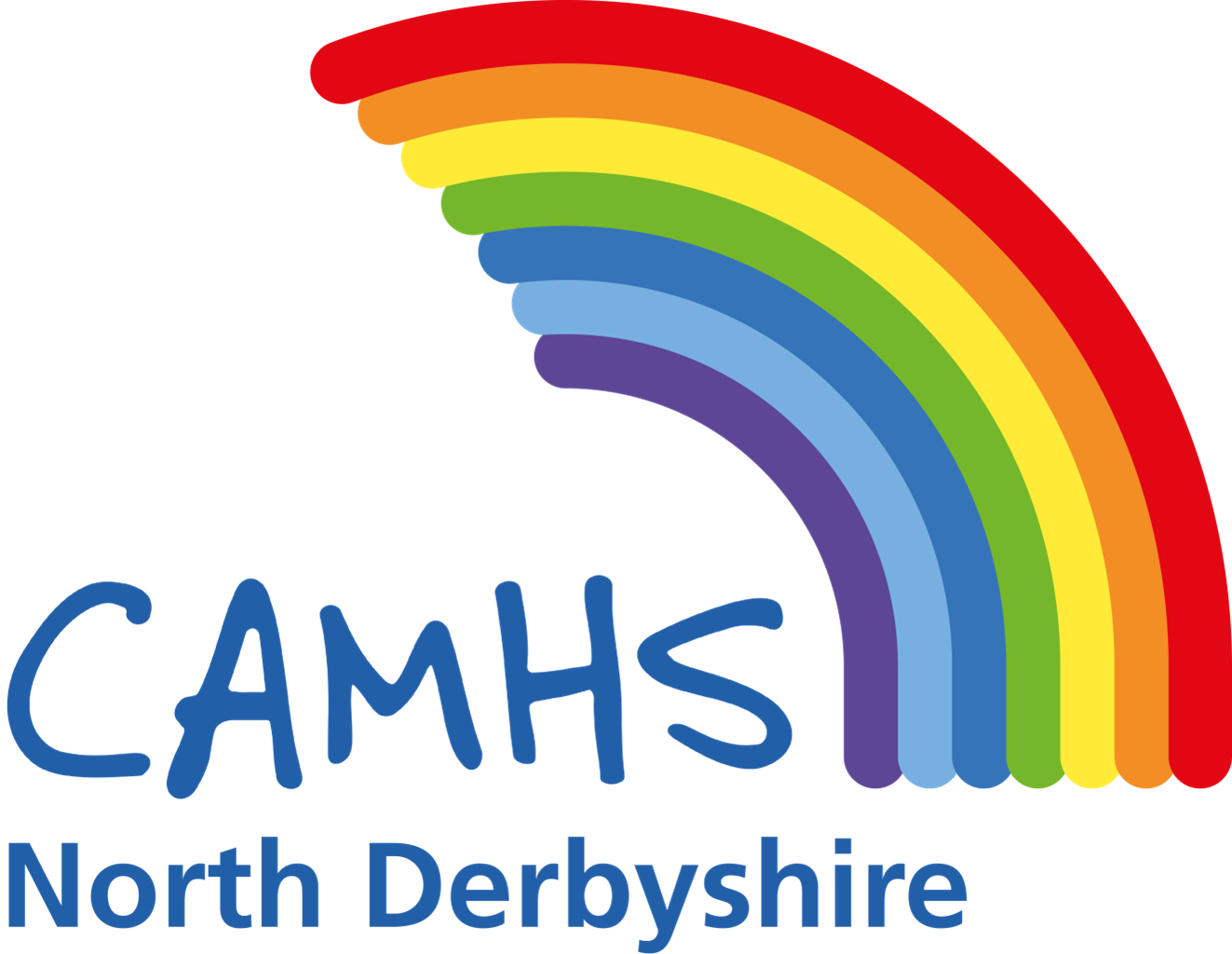professionals
Working With Children and Young People
Introduction
Although you may not be a qualified counsellor, you will already be using many of the skills and techniques of such in your everyday work. Anyone, regardless of qualifications and training, can become a more effective helper by learning to apply some basic techniques.
If you’d like to discuss anything to do with the below ideas and talking with troubled children please contact one of our Specialist Community Advisors.
Starting a session
Let the child/young person know how much time you have, and that it is time for them to talk about whatever is important to them. Get the message across that the conversation is private whilst explaining your duties (safeguarding issues etc). If starting seems difficult, ask if it’s OK for you to ask some questions, then start simple (e.g. “Have you any brothers or sisters?” etc.) moving on to more change orientated questions (“So, is it true that you’d like to be happier at school/home?” etc). Being happier is an idea even the smallest child can grasp and is often a good start to talking about difficult stuff.
Asking the right questions
Try to ask more open questions than closed questions. An open question is one which cannot be answered with 'yes' or 'no' and which encourages a more detailed answer, for example:
What are your feelings about this?
What are the advantages of doing things the way you have suggested?
What are the disadvantages?
Silence from a child, or ‘dunno’ from a teenager, are best understood as messages for us to be more exact or specific. A useful rule is to ask again in a different way. If there’s no difference, assume it was a silly question, or that they really don’t know how to answer!
Active listening
One way of encouraging a child or young person to talk is to make sure that they know you are listening to them. You can do this by just being attentive and by showing with your body language that you are listening.
Sometimes this will be by facing the child/young person and making good eye contact. Sometimes sitting side by side (e.g. when completing a questionnaire) will be less threatening. Try not to interrupt when the child/young person is talking. By occasionally nodding or quietly saying "yes" or "aha" the child/young person should be encouraged to open up. Reporting back to the child a short summary of what they have just said and asking them if you have got it right is another way of doing this. Make sure you look and sound calm, unhurried and caring.
Goal talk
Helping a young person to identify clear goals, or a clear description of their preferred future without the problem, can be very helpful. This involves questions that concentrate on what life will be like without the problem/challenge. It is important to concentrate on the detail; for example:
- “What will you notice when the problem is better?”
- “What will you be doing differently when things are better?”
- “What will you be doing instead?”
- “How will others tell when the problem is better? Tell me more about that”.
It is useful to use language which implies a positive outcome, for example:
- “How will you do that”, rather than “Why will you do that?”
- “What will be happening”, rather than “What won’t be happening?”
Problem-free talk
It is often helpful to engage the young person in problem-free talk at the beginning and throughout the helping conversation. This means talking to the young person about things in their life that are not immediately connected with the problem or challenge they are facing. Listening actively to this can tell you a lot about the young person’s potential, resources and competencies and shows them that you are interested in them as a person.
By listening very carefully you will be able to identify the things that are going well, or times in the past when things have gone better. Try not to concentrate your listening on the problem too much at this point – think about strengths and successes and remember these for later use.
Scales
The use of scales is a flexible technique that can be used to help a young person identify movement in their problem or challenge. It is especially helpful when the person is struggling to identify goals or exceptions to their problem.
- “Imagine a scale from 0 to 10. 10 represents how you want things to be when the problem is solved and 0 is the opposite”.
- “What number are you on the scale right now?”
- “What number were you at when the problem was at its worst?”
- “What will you notice if you moved up one or two numbers towards your goal?”
Feedback and plan
Try to end a session by summarising what you’ve heard, checking that you’ve understood, and by giving some feedback. Whenever possible, feedback should be specific. It should always be affirming, reassuring and, wherever possible, complimentary.
Breaking the problem into small steps and identifying the next step can be very helpful. Try using the scaling questions to talk about different steps, to encourage them to notice when things are higher, and to have a starting point for when you next meet.

